I am learning about LTspice MC analysis from this site. I understood almost all the things except the below one.
"Then make another spice directive to execute a Monte Carlo run as below .step param run 1 100 1 The above syntax means that we are going to run the simulation for 100 times with starting point at 1 and the increment is 1. " My question here is,
What we are incrementing with a value of one. Here all the tolerances are fixed. (Please correct me if I am wrong).
Is this something like in the 1st iteration we take resistor value as R = R+Tolerance and in 2nd it is like R-Tolerance, something like that.
Are they running 100 permutation and combination like this:
